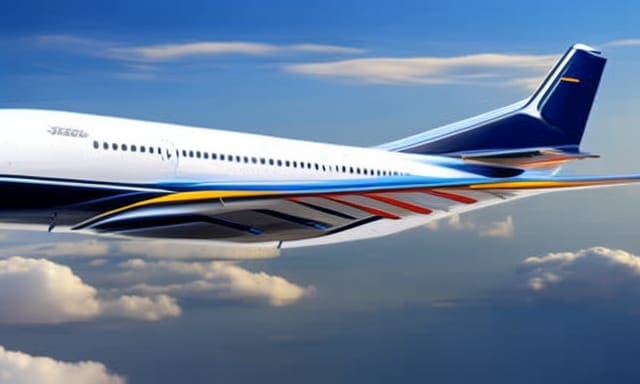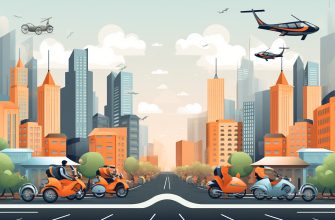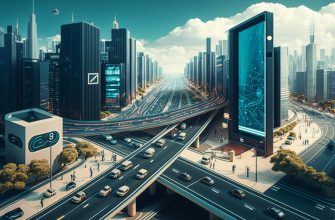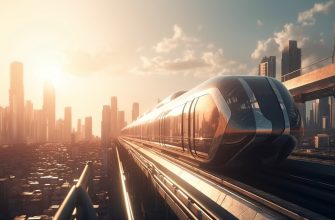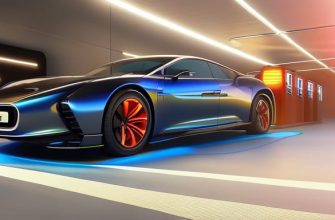Introduction to High-Speed, Low-Emission Aircraft
Imagine a world where you can fly across continents in a few hours while contributing to a healthier environment. This might sound like a dream, but high-speed low-emission aircraft are making it a reality.
In this article, we’ll take an in-depth look at the exciting world of high-speed, low-emission aircraft, their history, the challenges faced in their development, and the innovative solutions shaping the future of air travel.
The need for faster, more eco-friendly aircraft has never been greater. With air travel demand rising and increasing concerns about climate change, the aviation industry is pressured to deliver solutions that minimize environmental impact while maximizing efficiency.
Let’s begin our journey by exploring the history and evolution of high-speed aircraft.
The History and Evolution of High-Speed Aircraft
Breaking the Sound Barrier
The quest for high-speed aircraft dates back to the mid-20th century, with the breaking of the sound barrier in 1947 by Chuck Yeager in the Bell X-1. This milestone sparked a race to develop faster aircraft for both military and commercial purposes.
The Supersonic Era
The introduction of the Concorde in 1969 marked the beginning of the supersonic era in commercial aviation. Capable of flying at over twice the speed of sound, the Concorde significantly reduced travel times but was plagued by high operating costs and environmental concerns.
Environmental Impact of Aviation and the Need for Low-Emission Aircraft
The Carbon Footprint of Aviation
Air travel accounts for around 2% of global CO2 emissions, which is expected to rise as demand for air travel continues to grow. Reducing emissions is essential to combat climate change and ensure the sustainability of the aviation industry.
The Push for Greener Aircraft
In response to environmental concerns, the industry has invested in research and development to create more fuel-efficient, low-emission aircraft. These efforts include using alternative fuels, lighter materials, and more aerodynamic designs.
Challenges in Developing High-Speed, Low-Emission Aircraft
Balancing Speed and Efficiency
One of the main challenges in developing high-speed, low-emission aircraft is finding the right balance between speed and efficiency. Faster aircraft typically require more fuel, leading to higher emissions.
Noise and Sonic Boom Issues
Supersonic aircraft generate considerable noise and sonic booms, which can be disruptive and have led to restrictions on their use over land. Developing quieter high-speed aircraft is a key challenge in their widespread adoption.
Innovations and Solutions in High-Speed, Low-Emission Aircraft Technology
Advanced Aerodynamics
Innovations in aerodynamics, such as laminar flow control and improved wing designs, are helping to reduce drag and increase fuel efficiency in high-speed aircraft. These advances contribute to lower emissions and a reduced environmental impact.
Lighter Materials
Using lightweight materials, such as carbon fiber composites, in aircraft construction reduces overall weight, allowing for higher speeds and lower fuel consumption. This not only translates to reduced emissions but also lower operating costs.
Alternative Fuels and Propulsion Systems
The exploration of alternative fuels, such as biofuels and hydrogen, and innovative propulsion systems, like electric and hybrid engines, pave the way for a cleaner, more efficient high-speed aircraft.
Quiet Supersonic Technology
To address noise and sonic boom concerns, researchers are developing quiet supersonic technologies that reduce the impact of these issues. These advancements make high-speed air travel more accessible and environmentally friendly.
Positive and Negative Effects of High-Speed, Low-Emission Aircraft
The Positive
- Faster travel times, increasing global connectivity, and economic opportunities
- Reduced environmental impact, contributing to climate change mitigation efforts
- Technological advancements that can benefit other industries
The Negative
- High development costs and potential barriers to market entry
- The possibility of increased air traffic, leading to further environmental and noise concerns
- Challenges in scaling and implementing new technologies across the global aviation industry
FAQ
How fast can high-speed aircraft fly?
Are high-speed, low-emission aircraft already in operation?
How do high-speed, low-emission aircraft reduce their environmental impact?
What are the main challenges in developing high-speed, low-emission aircraft?
When can we expect high-speed, low-emission aircraft to become widely available?
- https://www.weforum.org/agenda/2021/08/hydrogen-aviation-zero-emissions/
- https://www.airbus.com/en/innovation/zero-emission-journey
- https://cordis.europa.eu/article/id/429208-new-zero-emission-regional-aircraft-points-way-to-clean-quiet-and-fast-transportation
- https://sciencebusiness.net/news/startups-making-flying-progress-zero-emission-planes
